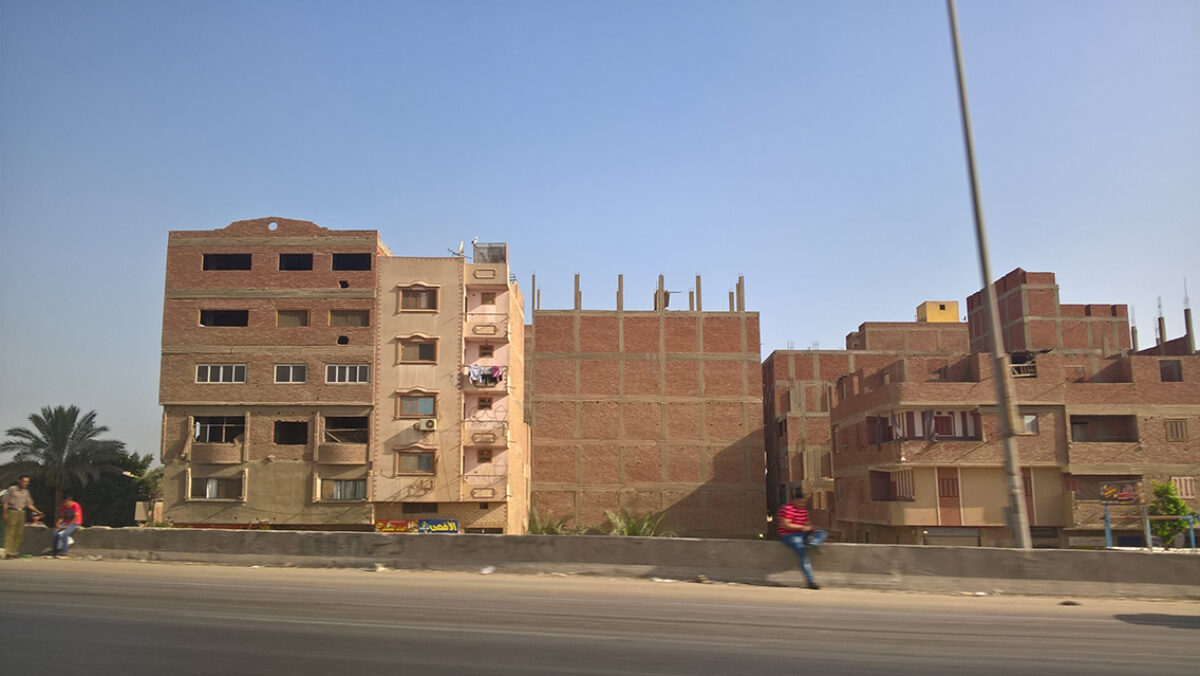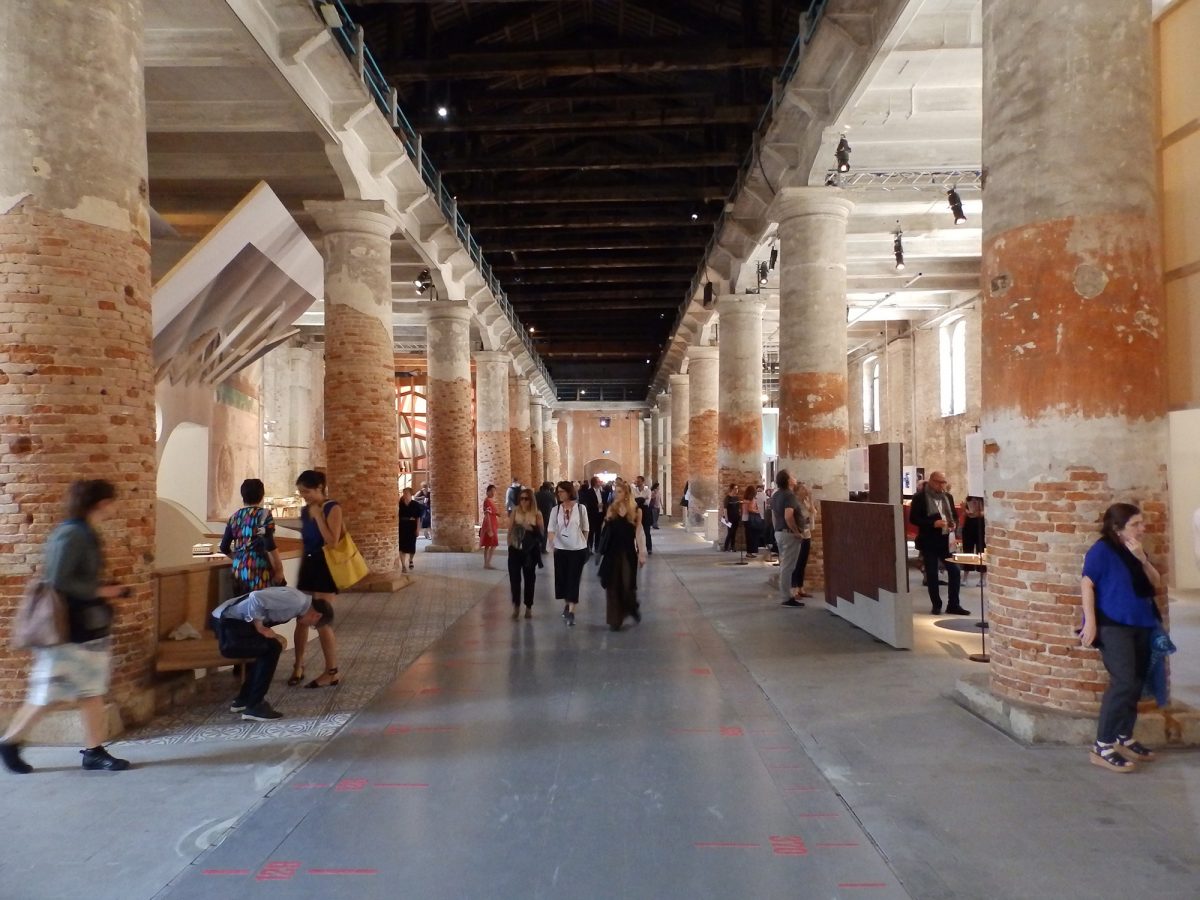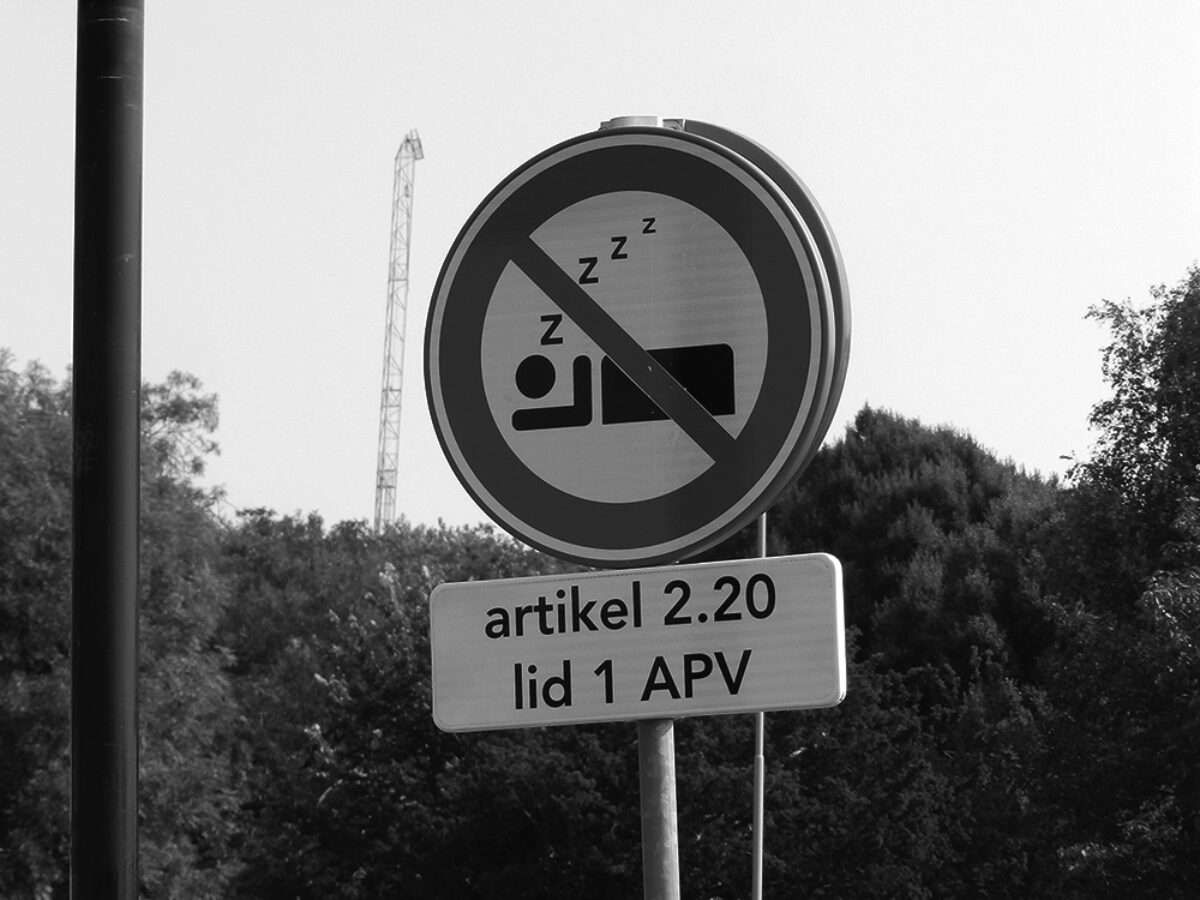The ‘New Europe’ and Controversy Around the European Idea – an international conference and workshop at the National Museum-Institute of Architecture after Alexander Tamanyan, Yerevan (March 30, 2019).
While the feeding robot slowly passes by, cow 9273 bumps with her nose against a big round brush. It looks like the ones in the carwash that clean the rims of your car, but then bigger. Food is not what she’s after right now, her itching back is demanding all her attention. Cow 9273 has to push several times before the brush starts slowly spinning, but when it does, she treats herself to a firm back massage. Welcome to dairy farm ‘The Promised Land’ where 1.5 fte and nine robotized computer systems manage a herd of 280 cows plus 180 ‘youngsters’.

















